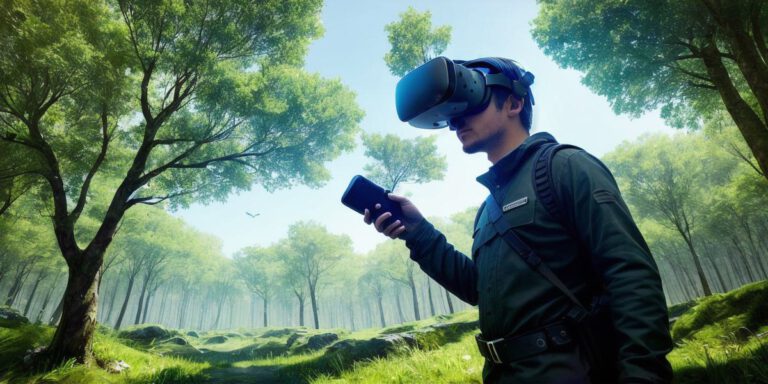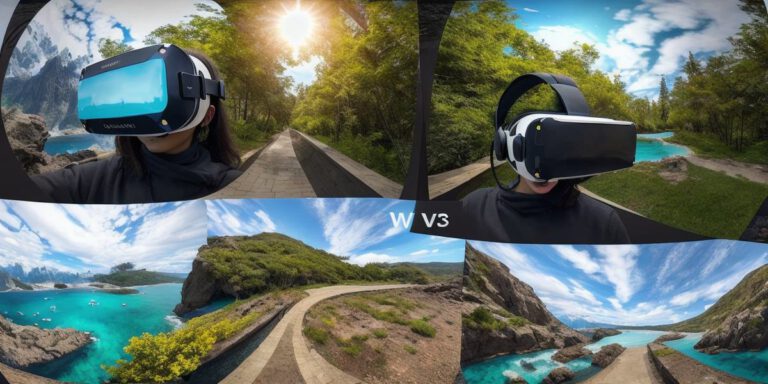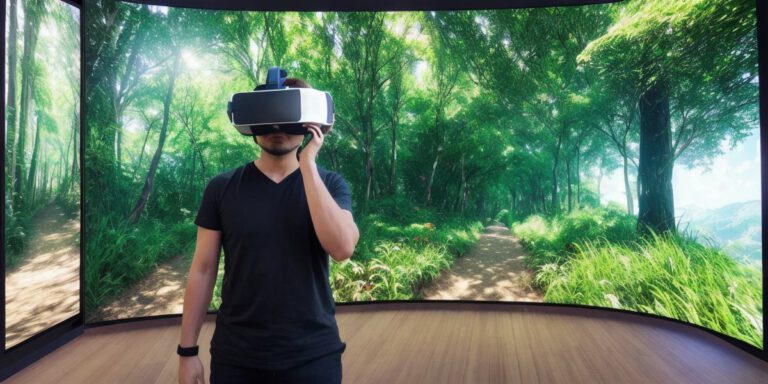The Evolution of Virtual Reality: History, Uses, and Future Possibilities
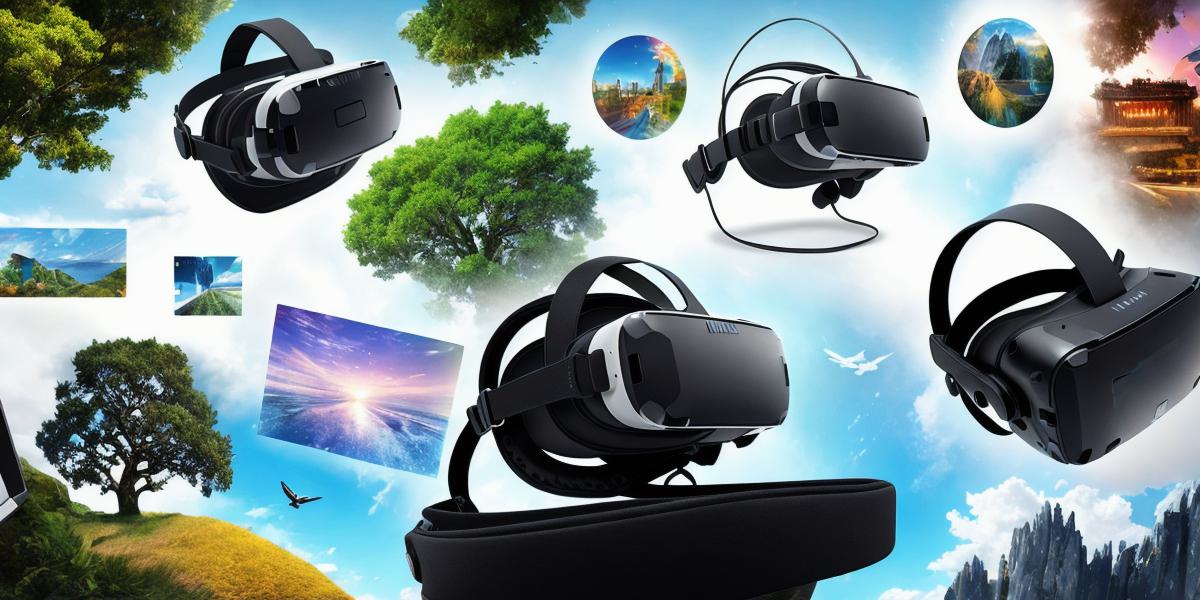
Virtual reality (VR) is a technology that simulates a 3D environment for users to interact with. It has been around for decades, but it’s only in the last few years that VR has become accessible and affordable for everyday use. In this article, we will explore the history of VR, its current uses, and the future possibilities for this exciting technology.
History of Virtual Reality
The concept of virtual reality can be traced back to ancient times when people would use mirrors or lenses to create an illusion of depth. However, it wasn’t until the 20th century that VR technology started taking shape. In 1968, Ivan Sutherland created "Sword of Damocles," which was the first head-mounted display (HMD) used for VR. This system used a projector and a set of mirrors to create a 3D environment that users could interact with.
In the following decades, VR technology advanced rapidly, with researchers and engineers developing new ways to create immersive experiences. In 1980, the first commercial VR headset, the "Virtual Armour" was released. This system used a single display and a set of sensors to track the user’s movement.
However, it wasn’t until the 21st century that VR technology really took off. The release of the Oculus Rift in 2012 brought VR into the mainstream, and since then, numerous companies have entered the market with their own VR headsets and software.
Current Uses of Virtual Reality
Virtual reality is being used in a variety of fields, from gaming to education to healthcare. In gaming, VR allows users to fully immerse themselves in a game world, creating a more engaging and realistic experience. It’s also being used for training and simulation, with military personnel using VR to simulate combat situations and pilots using it to practice flying.
In education, VR is being used to create virtual field trips and immersive learning experiences. For example, students can take a virtual tour of the Great Barrier Reef or explore ancient Egyptian tombs without leaving the classroom.
Virtual reality is also being used in healthcare, with patients using it for pain management and physical therapy. In addition, VR is being used to simulate surgical procedures, allowing doctors to practice their skills in a safe environment.
Future Possibilities of Virtual Reality
The future of virtual reality is bright, with numerous possibilities on the horizon. One of the most exciting areas is in the field of medicine. With advancements in VR technology, it’s possible that we will be able to perform surgeries and other medical procedures in a completely virtual environment.
Virtual reality is also being used to develop new forms of entertainment. For example, some companies are working on creating fully immersive experiences that allow users to live out their wildest dreams, such as flying through space or exploring ancient ruins.
Another area where VR is expected to have a significant impact is in the field of tourism. With virtual reality, people will be able to take virtual tours of popular destinations around the world without ever leaving their homes.
FAQs
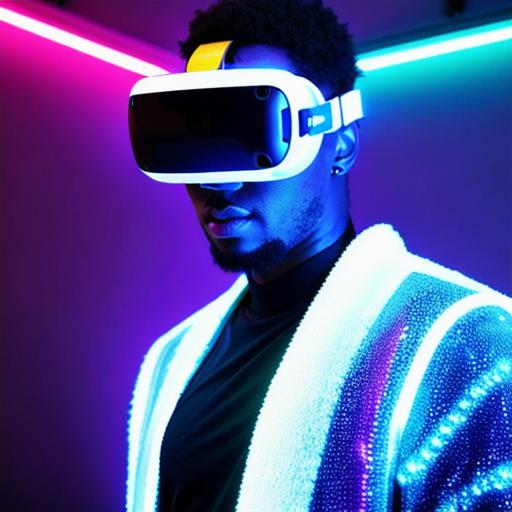
What is virtual reality?
Virtual reality is a technology that simulates a 3D environment for users to interact with.
Who invented virtual reality?
Ivan Sutherland created the first head-mounted display (HMD) used for VR in 1968.
What are some current uses of virtual reality?
Virtual reality is being used in gaming, education, healthcare, and other fields.
What are some future possibilities for virtual reality?
Virtual reality is expected to have a significant impact in the field of medicine, entertainment, and tourism.
